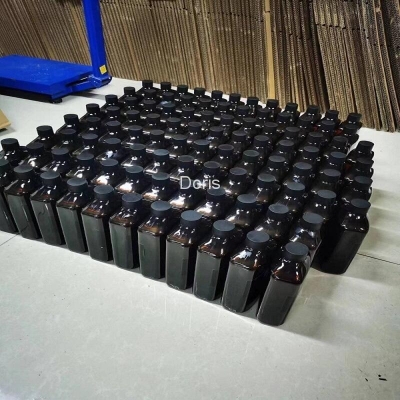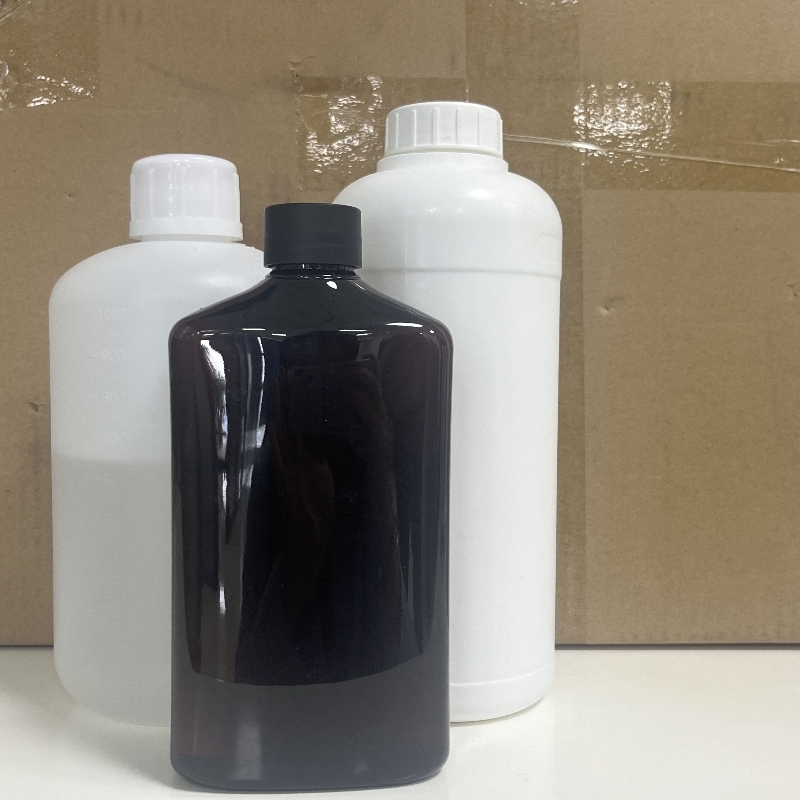What are the types of intravenous antibiotics?
-
Last Update: 2020-04-03
-
Source: Internet
-
Author: User
Search more information of high quality chemicals, good prices and reliable suppliers, visit
www.echemi.com
Intravenous antibiotics can be divided into three types: gram-positive, Gram-negative and broad-spectrum antibiotics Gram positive antibiotics, including glycopeptides, are drugs for bacteria with thick cell walls; gram negative antibiotics, including aminoglycosides and polymyxin, are for bacteria with thin cell walls; and intravenous injection of broad-spectrum antibiotics, including cephalosporin and penicillin, should be effective for both of them Glycopeptide antibiotics are usually composed of peptidases that inhibit the synthesis of microbial cell walls Because of its toxicity, its use is limited to critically ill patients Vancomycin is a common intravenous glycopeptide antibiotic, which is often used to treat severe intestinal infection called Clostridium difficile associated diarrhea This Gram-positive intestinal infection usually requires a slow intravenous infusion of vancomycin (one to two hours a day) The specific dosage depends largely on the patient's condition, weight and renal function Aminoglycoside antibiotics are mainly used to treat the infection of aerobic gram-negative bacteria such as Escherichia coli Topromycin injection is an aminoglycoside drug, which can treat different types of E coli Similar to glycopeptide antibiotics, topromycin has a high toxic level to kidney and nerves Unlike other types of antimicrobial agents, polymyxin antibiotics such as myxin are usually not taken orally Polymyxin, a gram-negative bacterial drug, is usually inhaled or injected intravenously Intravenous antibiotics, including myxomycin, are often used to ward off severe drug-resistant bacterial infections associated with the gut, lungs, and urinary tract Compared with gram-negative and positive specific antibiotics, cephalosporins and penicillins can treat a wider range of infections Infectious diseases such as meningitis and drug-resistant bacteria are often treated with broad-spectrum antibiotics Ampicillin, an artificial form of penicillin, is often used to treat different diseases, including meningitis The patients using ampicillin should pay attention to the serious side effects such as bloody stool, severe abdominal pain and spasm Intravenous antibiotics are administered through the veins or muscles Direct injection of antibiotics into the bloodstream helps to speed up the drug's impact Intravenous antibiotics can continuously provide patients with a certain dose of drugs Another advantage of intravenous administration over oral administration is to bypass the gastrointestinal tract Oral antibiotics can kill beneficial bacteria in the gut and stomach, and lead to diarrhea, fungal infection and bad bacterial proliferation.
This article is an English version of an article which is originally in the Chinese language on echemi.com and is provided for information purposes only.
This website makes no representation or warranty of any kind, either expressed or implied, as to the accuracy, completeness ownership or reliability of
the article or any translations thereof. If you have any concerns or complaints relating to the article, please send an email, providing a detailed
description of the concern or complaint, to
service@echemi.com. A staff member will contact you within 5 working days. Once verified, infringing content
will be removed immediately.







